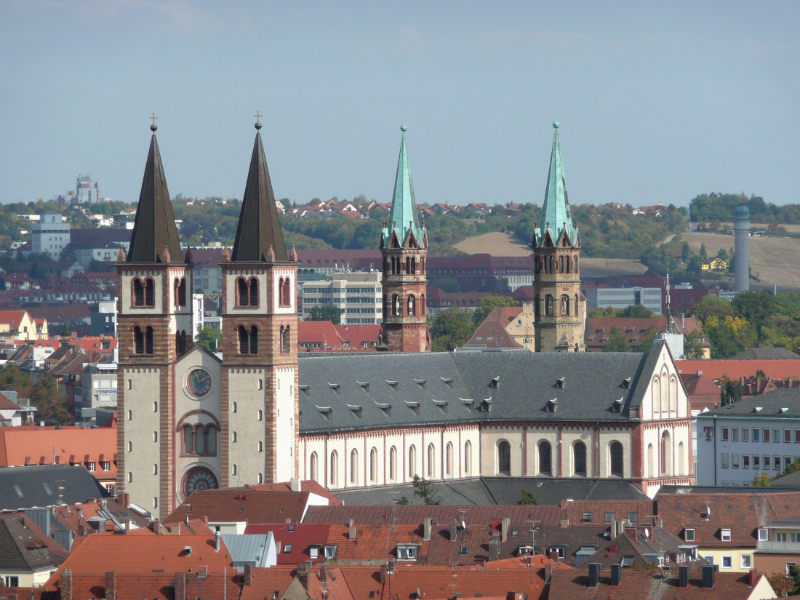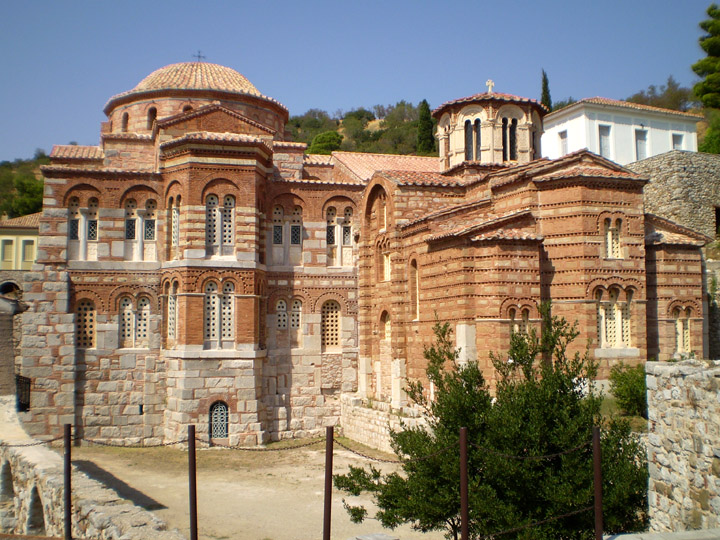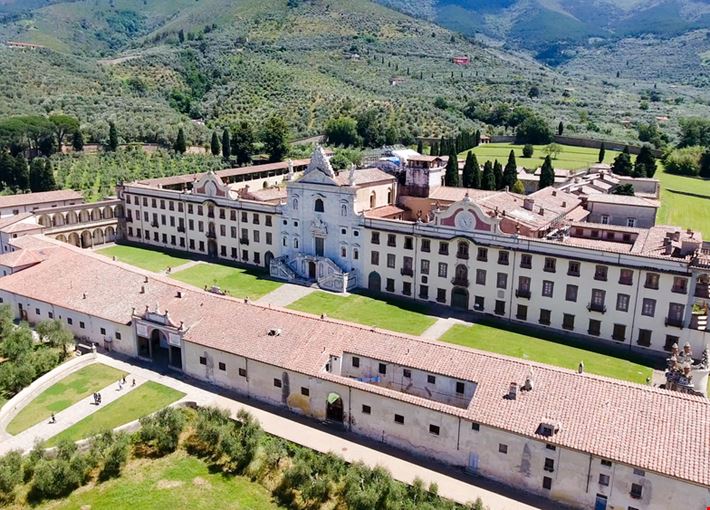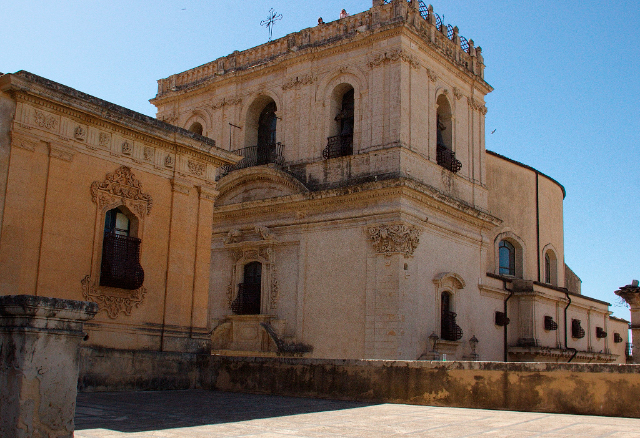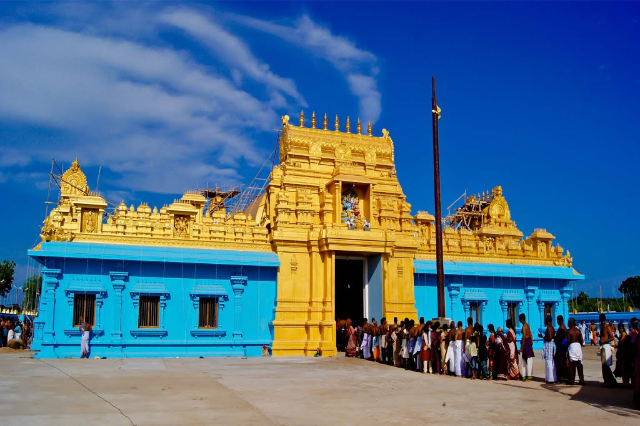The church of Sainte-Marie-Magdeleine, better known as the Chapel of the Madeleine, was built in the 12th century.
From the 14th to the 16th century, the parish of La Magdeleine experienced a moment of maximum cultural and political prosperity. In those centuries the presence of the nobles La Tour de Villa was very important and, thanks to their prestige and power, they had the church rebuilt, enriching it with new frescoes. In 1786 the parish ceased to exist as such and was united with the parish of Saint Stephen; from that moment on, the church was relegated to the rank of chapel.
The church consists of an apse and a bell tower in pure Romanesque style from the 12th century, supported by a characteristic spur, which became part of the composition at least two centuries ago, while the nave was lengthened in 1460. The façade of the church, on the west side of the building, is entirely covered with frescoes, depicting in order: the Mass of St. Gregory, with the apparition of Christ from whose side the blood spurts out to fill the chalice on the altar; St. George fighting the dragon; the majestic St. Christopher about to cross a stream and carrying the Child Jesus on his shoulder, and, below right, the figures of St. Martha, St. Mary Magdalene and St. Lazarus. These paintings are attributed to the painter Giacomino d’Ivrea and are dated 1463.
The frescoes of the apse and of the under arch, also attributed to Giacomino da Ivrea, remained covered by a plaster of lime and cement until 1938 when they were brought to new light. The vault of the apse is entirely occupied by the representation of the Blessing Christ, surrounded by the symbols of the four evangelists. On the perimeter walls of the apse, the twelve apostles are depicted and in the under arch that divides the choir from the nave, the legend of St. Mary Magdalene is frescoed in fourteen panels. Boniface de La Tour was the generous patron of these works of art.
They belong to the church but are now exhibited in the museum of the treasure of the cathedral of Aosta: a magnificent crucifix dating back to the 12th century, gold-plated and bearing the crowned Christ in relief, adorned with precious stones and enamels; a polychrome statue representing the Madonna Mater felicis partus of the 17th century; a large crucifix in carved and painted wood of the 16th century.



